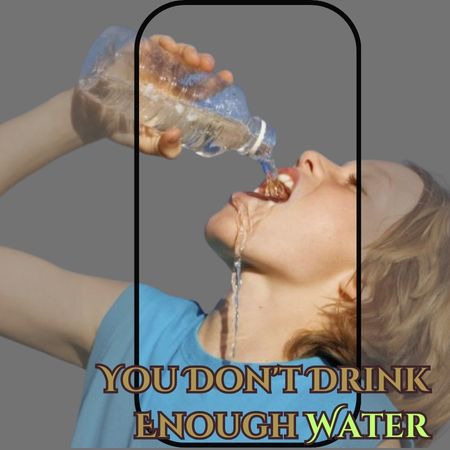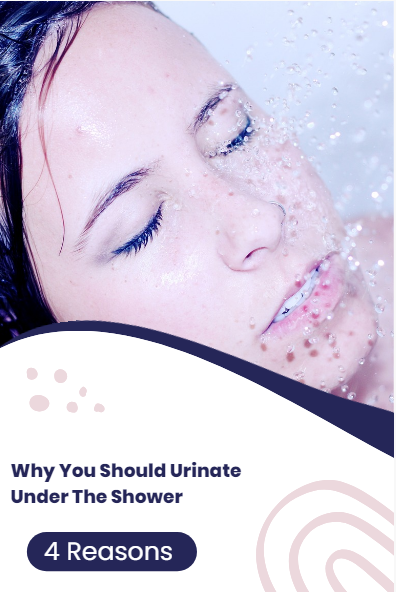Water retention, medically known as edema, is a condition where excess fluid accumulates in the body’s tissues. This can result in bloating, swelling, and discomfort, affecting various parts of the body, from the hands and feet to the abdomen and legs. There are several reasons why our bodies hold onto water, and understanding the underlying causes is essential for finding effective solutions. Below, we explore the six primary causes of water retention and provide actionable steps to help reverse it naturally.
1. High Sodium Intake
Sodium plays a vital role in regulating our body’s fluid balance, but excessive sodium can disrupt this balance, leading to water retention. Processed foods, fast foods, and even canned goods often contain high levels of sodium that contribute to fluid accumulation in tissues.
How to Reverse High-Sodium-Induced Water Retention
To counteract this, aim to reduce your salt intake by focusing on whole, fresh foods rather than processed ones. Consider using herbs and spices to flavor your food rather than relying on salt. Drinking plenty of water also helps flush out excess sodium from your system, reducing fluid buildup and supporting kidney function.
2. Hormonal Changes
Hormonal fluctuations, especially those linked to menstrual cycles, pregnancy, and menopause, are another common cause of water retention. Estrogen and progesterone, key reproductive hormones, play significant roles in fluid retention, particularly during the menstrual cycle or pregnancy.
How to Manage Hormonal Water Retention
For women experiencing water retention due to hormonal changes, maintaining a balanced diet rich in magnesium and vitamin B6 may provide relief, as these nutrients help to stabilize hormone levels. Regular exercise can also aid in reducing bloating and swelling, while staying hydrated supports your body in flushing out excess fluids naturally.
3. Physical Inactivity
Prolonged periods of sitting or lying down can lead to fluid buildup in the legs, ankles, and feet. This is because inactivity causes blood and fluids to pool in the lower extremities, a condition often exacerbated by gravity.
How to Reverse Inactivity-Related Water Retention
Combat this by incorporating light movement throughout your day. Taking short walks, stretching, or even just standing up regularly can encourage blood flow and reduce the pooling of fluids. Compression socks can also be effective for individuals who are seated for long durations, such as office workers or frequent travelers, as these socks help prevent fluid buildup in the legs.


